Welcome to the World of Wings Airways!
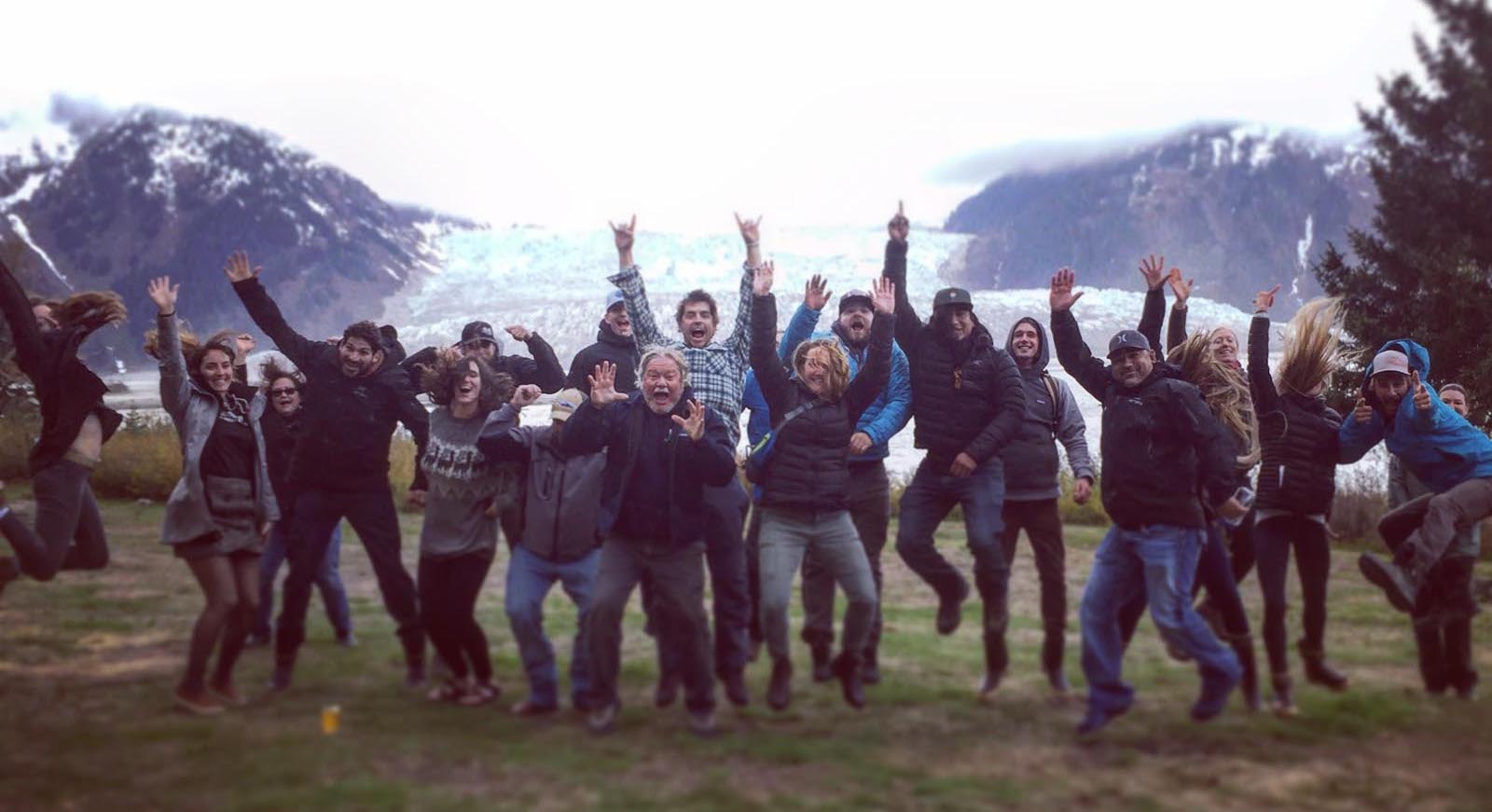
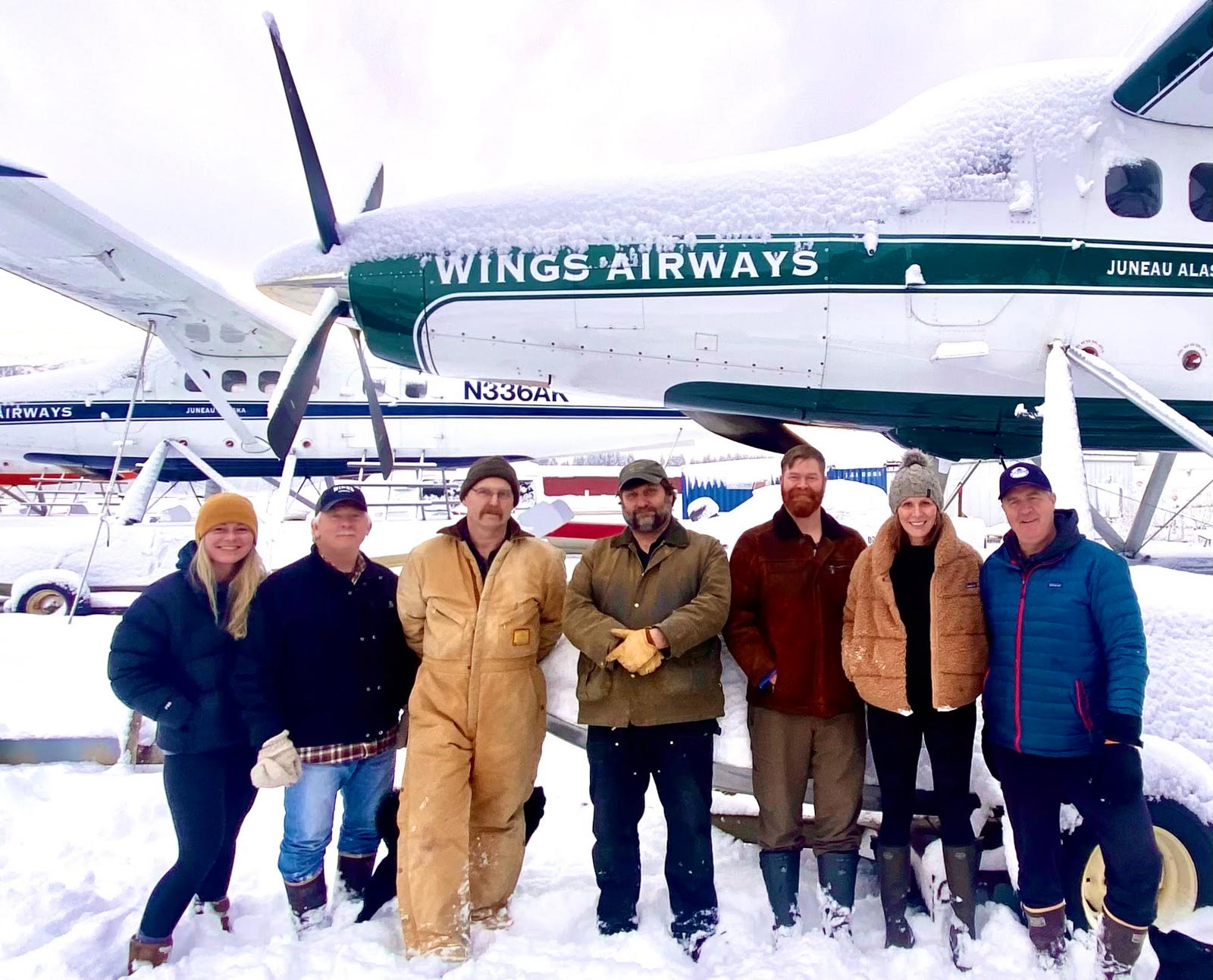
Our Team
The story of Wings Airways brings to life the romance and traditions of Alaska’s rich aviation history on the same waterfront that began Juneau’s floatplane businesses in the 1920’s. Experience, enthusiasm, pride, and drive are the essentials for Alaska bush pilots, and are the driving force behind the entire Wings Airways organization.
In 2002, an exciting prospect emerged for a group of employees of a locally-owned Juneau airline. This group of dedicated professionals who had built and nurtured one airline used their extensive expertise to create another. With the purchase of the floatplane flightseeing portion of a local air service, Wings Airways took off and carries on the long tradition of locally-owned and operated flights off the downtown harbor. The committed team modernized the classic fleet by converting five DeHavilland Otter aircraft from piston engines to modern, quiet, reliable turbine power plants. These conversions added reliability and a very high degree of safety to the overall operation. They also provided the community of Juneau with a decrease in floatplane noise. Wings Airways made additional modifications to its DeHavilland Otter floatplanes to make them even better suited for flightseeing. The company also added a brand new dock to the downtown Juneau seadrome. This level of investment shows a strong commitment to continuing the tradition of comfortable, safe, and reliable services to our guests and community.
In 2019, new investors and leaders combined with several of the long-standing company owner/managers. This blending of seasoned Wings team members with new leaders that have extensive visitor industry and aviation backgrounds positions Wings to fly strongly into its next chapter.
The combination of great passion and love for what they do will persist in driving this team as they continue to provide travelers from around the world the opportunity to board the classic DeHavilland floatplanes and discover firsthand the magnificence of Alaska’s vast wilderness and breathtaking glaciers.
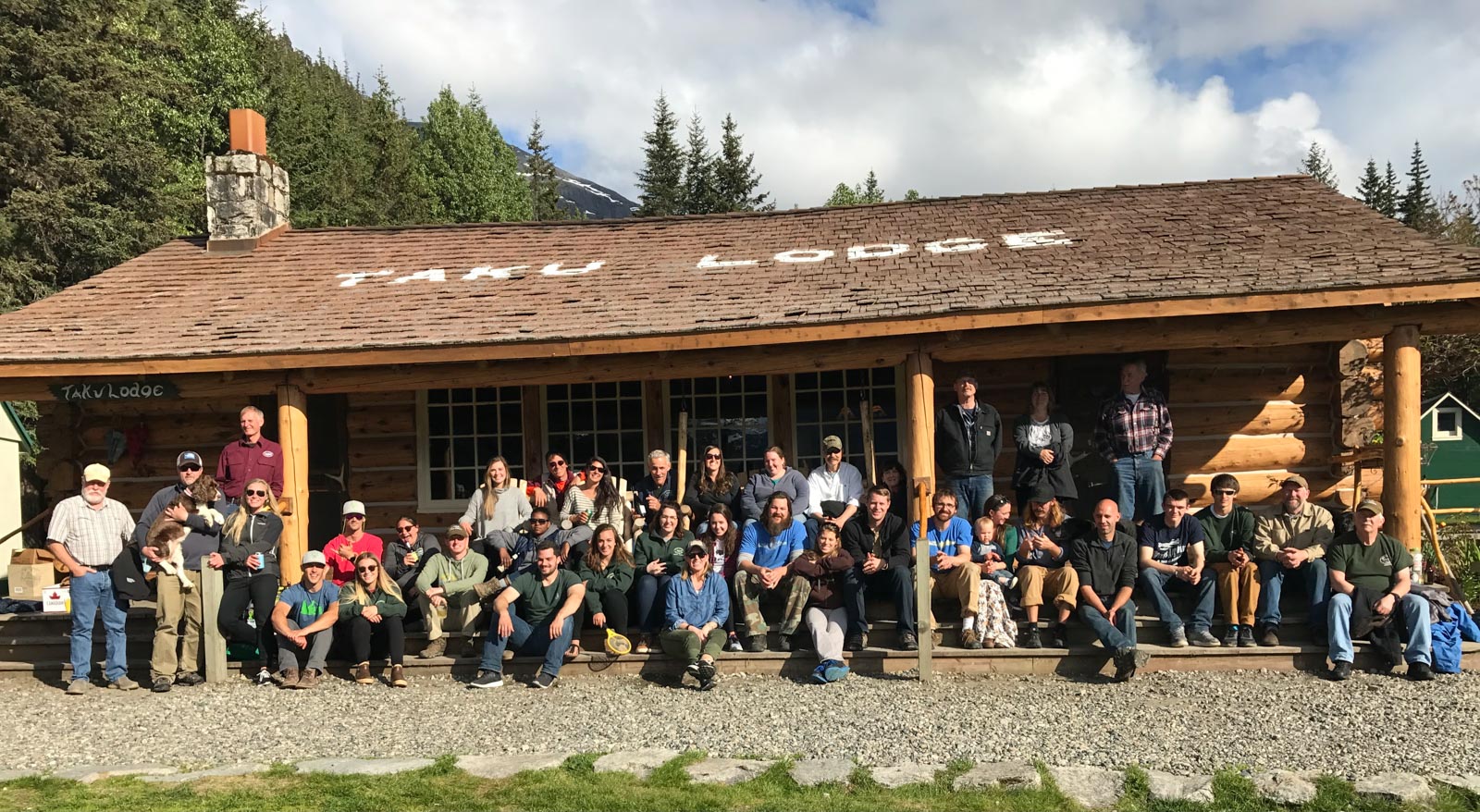

Our Floatplane Fleet
The Wings Airways fleet of 5 DeHavilland Otters have a unique history that is highly regarded by the pilots that fly them and the mechanics that care for them. We also have quite a following from former and current aviators who know and respect the story of the deHavilland aircraft.
The Otters were converted between 2004 and 2005 from Pratt and Whitney radial engines to Garrett TPE331-10 turbine engines. With these 900 horsepower engines the aircraft reliability and safety factors were substantially increased.
For an added margin of safety Wings has installed modern Chelton GPS based EFIS glass cockpits in all of the Otters. We also take one step further to ensure each passenger enjoys unrestricted views as everyone has a window seat.

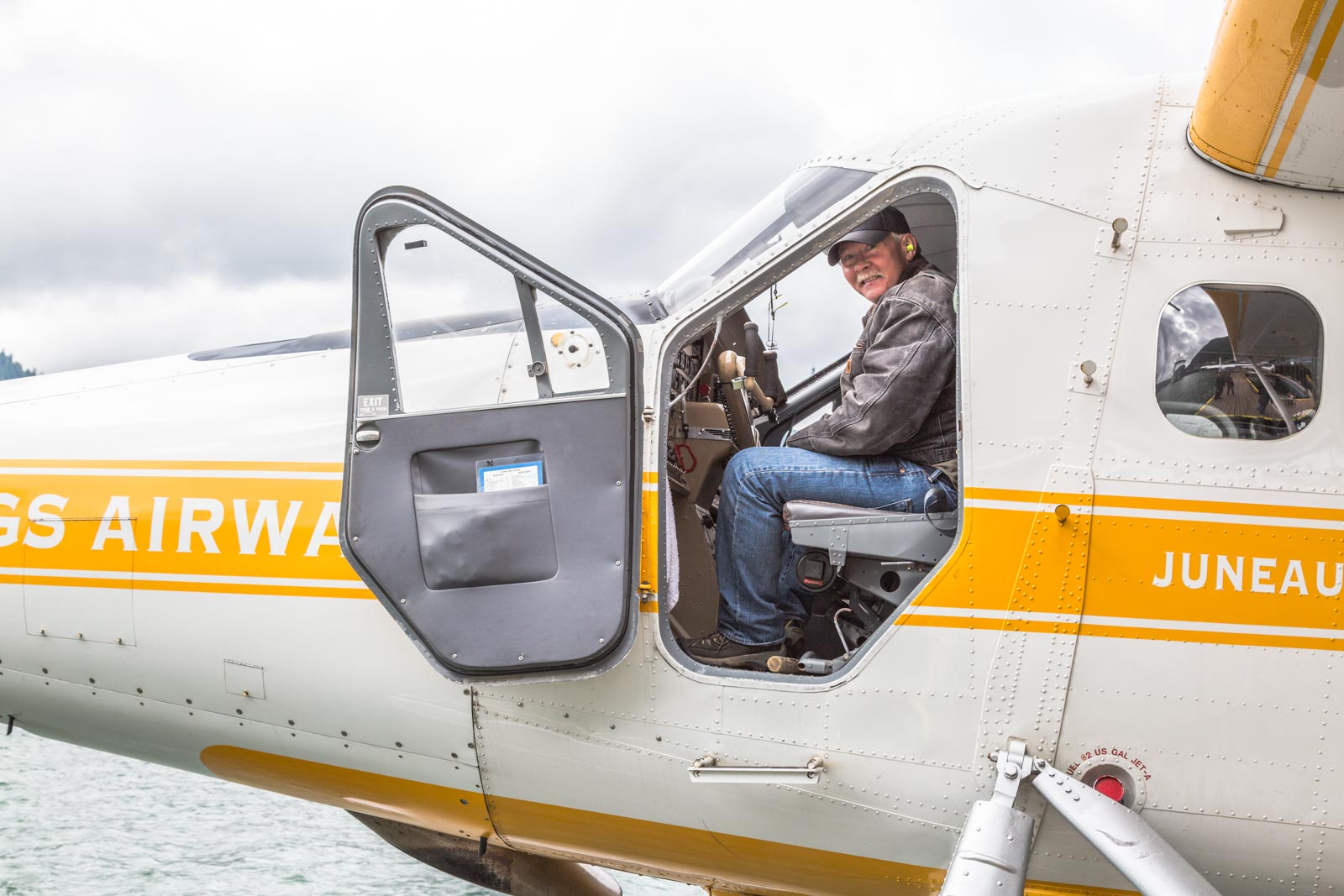
DeHavilland Otter
First flown at DeHavilland Aircraft Company, Toronto, Canada on 12 December 1951, the Otter’s design was similar to but larger than the company’s Beaver. Both aircraft were designed to operate from rugged bush country as well as in cold weather operations. The Otter was in fact originally going to be named the King Beaver and it followed its predecessor’s configuration very closely. It featured a conventional stressed skin construction and had a braced -wing with full-span slotted flaps with the outer portions acting as ailerons. The design proved to be highly versatile and could be operated on wheels, floats or skis.
Impressed with the performance of the Otter, particularly its ability to operate with heavy loads out of unprepared airstrips, the U.S. Army purchased a large number of them under the designation of U-1A. After evaluating a “loan” Otter from the Army, the Navy purchased four of them in January 1955 as UC-1As to serve as an air arm for Task Force 43 during Operation Deep Freeze I in the Antarctic. Procurement of a further fourteen, later designated as U-1Bs, included some for other countries. Nine of them with wheel/ski configuration were to further supplement and replace Otters in the Antarctic. Most of these planes have either been retired or gone on into private service. Some of both aircraft have been retro-fitted with turbine engines instead of radial engines. Today Otter’s are in high demand around the world, especially on floats in Alaska, where the vast majority are based.

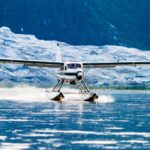
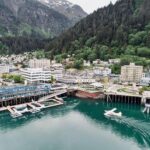
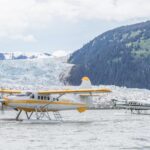
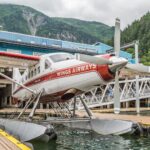
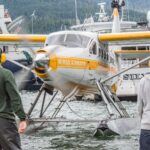
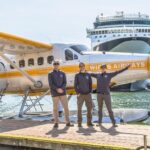
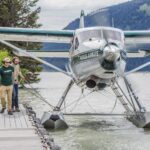
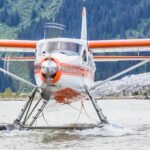
BOOK NOW | 907-586-6275 | INFO@WINGSAIRWAYS.COM